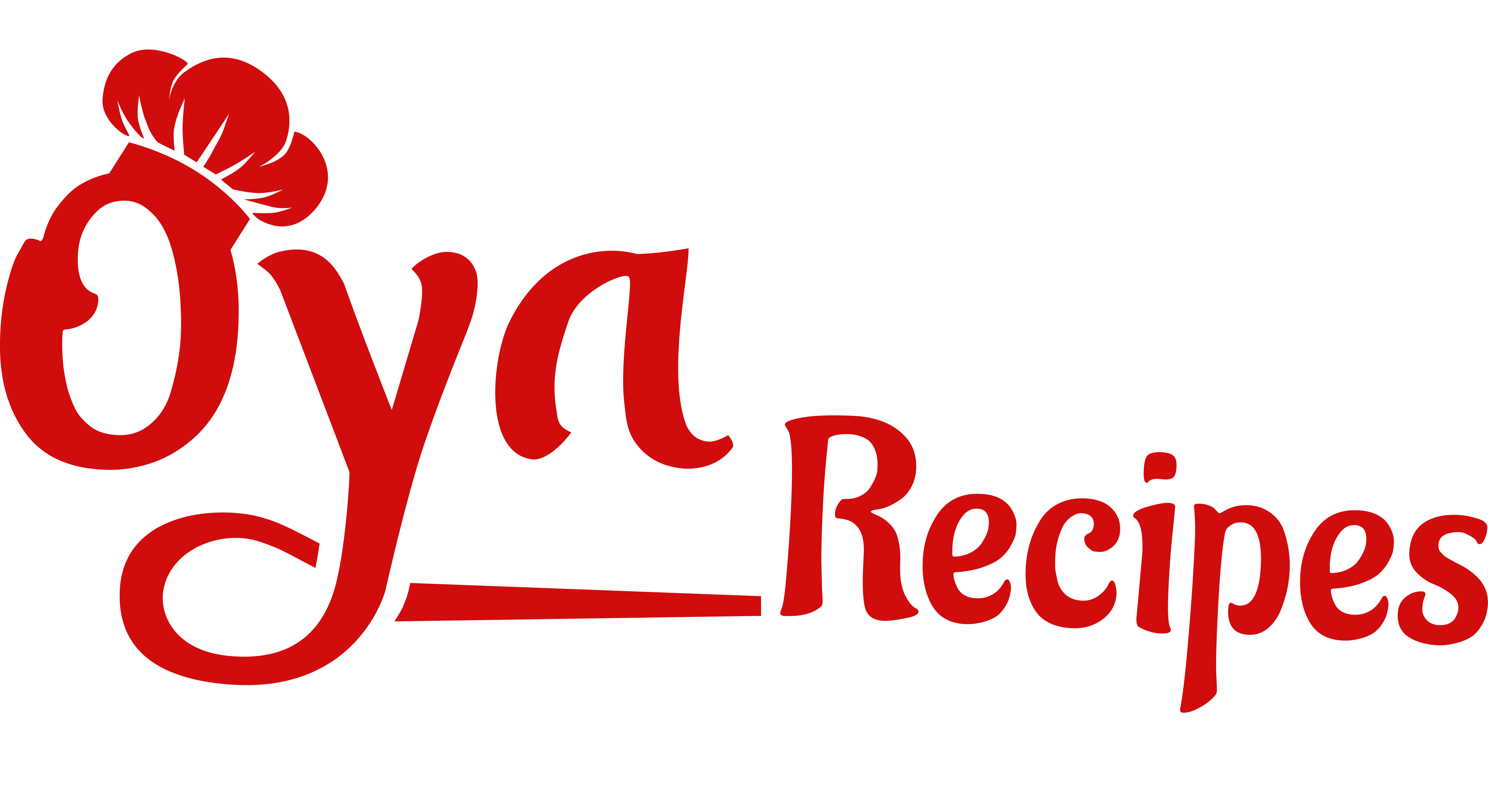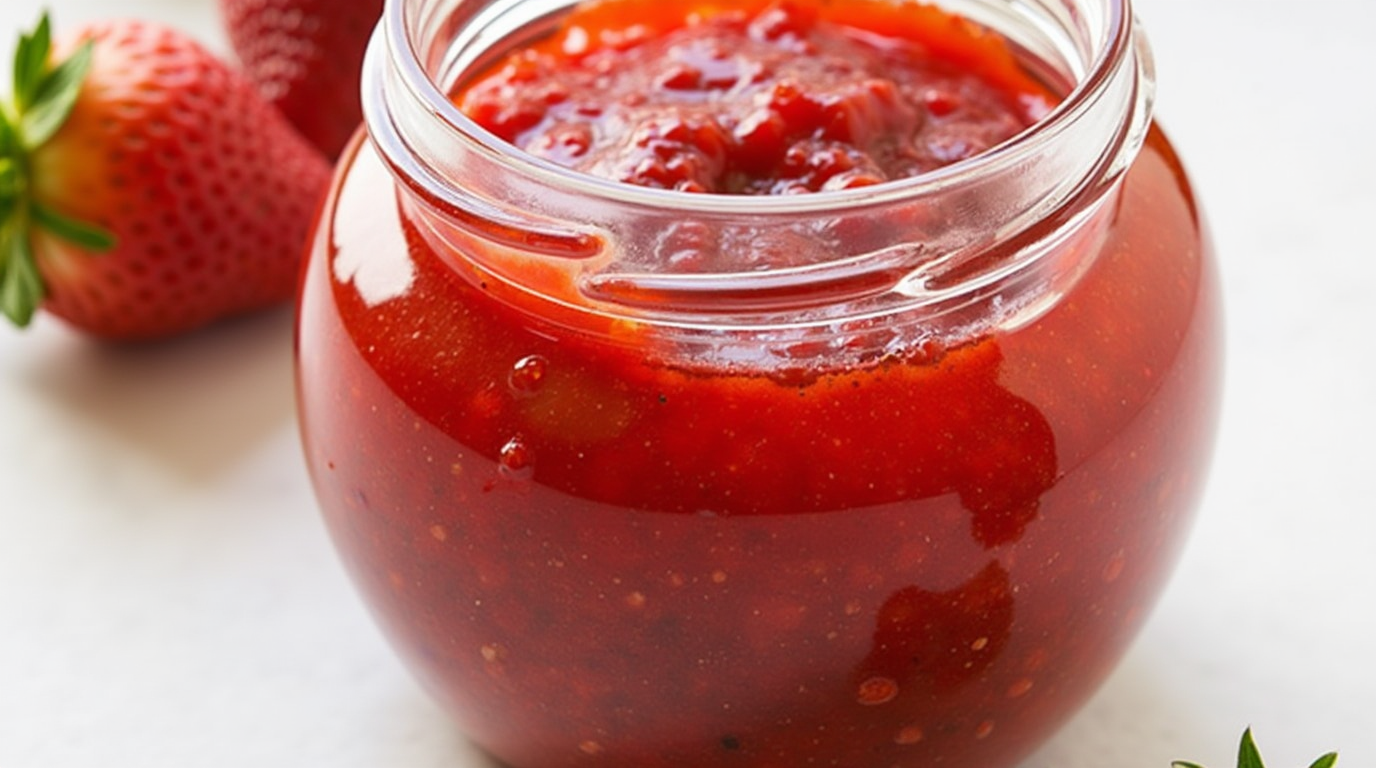Discover everything you need to know about making delicious strawberry jam, from the best ingredients to tips for perfect consistency.
Strawberry jam is a classic treat that can bring the sweet taste of summer to your breakfast, snacks, and desserts year-round. Whether you’re a seasoned jam maker or a beginner looking to try your hand at making homemade jam, this guide will help you create the perfect strawberry jam with ease. From selecting the best strawberries to understanding the importance of pectin, we’ll walk you through the entire process. Additionally, we’ll explore tips for preserving and storing your jam to ensure it stays fresh and delicious.
Understanding the Basics of Strawberry Jam
In the next phase, it’s crucial to know what makes Strawberry Jam so delightful. Basically, this preserve blends fresh berries with sugar and acid (commonly lemon juice) to create a thick, spreadable treat. Comparatively, strawberry preserves differ from jelly because you use whole or mashed fruit rather than just juice. Moreover, strawberries are low in natural pectin, the gelling agent that helps jam set. Therefore, adding lemon juice or commercial pectin can improve consistency.
In the succeeding section, remember that balance is key. You need enough sugar to sweeten and preserve the jam, but not so much that it overwhelms the berry flavor. Similarly, you must cook it long enough to achieve a set, yet not so long that it tastes cooked or loses brightness. Advancing to the next topic, we will explore how to pick and prepare the freshest strawberries for your jam-making adventure.
Ingredients Needed for Strawberry Jam
Making strawberry jam requires only a few basic ingredients, which you may already have in your pantry. Here’s a quick list of what you’ll need:
- Fresh Strawberries: The key ingredient! Choose ripe, sweet strawberries for the best flavor.
- Sugar: Essential for sweetness and preserving the jam.
- Pectin: Optional, but helps to thicken the jam and achieve the right texture.
- Lemon Juice: Balances the sweetness and helps preserve the jam.
When selecting strawberries, look for vibrant red ones, preferably from local farms or your garden. Fresh, high-quality strawberries will give you the best results.
The Process of Making Strawberry Jam
Now that we have all the ingredients ready, it’s time to make your strawberry jam. Follow these steps for a perfect result every time:
Step 1: Prepare the Strawberries
- Wash the strawberries thoroughly to remove any dirt or pesticides.
- Hull the strawberries by removing the green tops and slicing them into halves or quarters. Smaller pieces cook down more quickly and evenly.
- Mash the strawberries using a potato masher or a food processor, depending on your preferred texture. If you like chunky jam, leave a few larger pieces.
Step 2: Combine the Ingredients
In a large pot, combine the mashed strawberries, sugar, and lemon juice. Stir everything together to dissolve the sugar. If you’re using pectin, follow the instructions on the packet for when and how to add it.
Step 3: Cook the Jam
Place the pot over medium heat and bring the mixture to a boil, stirring constantly to prevent burning. Allow the jam to boil for about 10-15 minutes, or until it thickens. To check the consistency, place a spoonful of jam on a cold plate. After a minute, run your finger through the jam. If it wrinkles and doesn’t run, it’s ready.
Step 4: Can the Jam
Once your jam has reached the desired thickness, it’s time to jar it. Sterilize your jars and lids by boiling them in water for a few minutes. Carefully ladle the hot jam into the jars, leaving about ¼ inch of space at the top. Seal the jars immediately and process them in a water bath for 10 minutes to ensure they are properly sealed.
Let the jars cool completely before storing them in a cool, dark place. Once opened, store the jam in the refrigerator.
Variations and Creative Twists
In the ensuing segment, reduce sugar for a tangier jam or use low-sugar pectin. This appeals to those who watch their sugar intake. If you prefer a sugar-free version, try stevia or erythritol. However, cooking times may vary.
In the next subsection, blend strawberries with other fruits to create your own signature mix. For example, strawberry-rhubarb jam offers sweet-tart complexity. Adding blueberries or raspberries deepens flavor. If you want some mixed berry inspiration.
In the next installment, infuse your jam with herbs like basil or mint, or add a scraped vanilla bean for warmth and aroma. Another delightful twist is a pinch of cardamom or ginger to add subtle spice. These small additions transform an ordinary jam into a gourmet condiment. Transitioning into the following chapter, let’s look at creative serving suggestions that make your Strawberry Jam shine in everyday meals and special treats.
Tips for Perfect Results
Moving forward to the next topic, achieving the right consistency may require practice. If your jam is too runny, cook it longer to evaporate more liquid. If it’s too thick, thin it with a small amount of warm water or fruit juice. Adjust sweetness by tasting as you go. Add more lemon juice if it’s too sweet, or a bit of sugar if it’s too tart.
Transitioning into the following chapter, foam on top of the jam is normal. Skim it off for a clearer final product. To maintain brightness, store your sealed jars in a cool, dark place. Properly sealed jam lasts about a year. Once opened, refrigerate and use within a few weeks.
Continuing in the following part, always check for spoilage. If mold appears, discard the entire jar. Label jars with dates to track freshness. With these tips, you’ll have consistent, delicious Strawberry Jam every time. In the next phase, let’s discuss the health and nutrition aspects of this sweet spread.
Preserving and Storing Strawberry Jam
Properly stored strawberry jam can last up to a year in a cool, dark place. After opening, refrigerate the jam and use it within 3-4 weeks. If you make large batches, consider freezing some jam for long-term storage. Freezing doesn’t affect the texture or flavor and can keep your jam fresh for up to six months.
How to Freeze Strawberry Jam
To freeze strawberry jam, simply place it in freezer-safe containers, leaving some space at the top for expansion. Make sure to label the containers with the date and store them in the freezer. When you’re ready to use the jam, allow it to thaw in the refrigerator overnight.
Health and Nutrition Aspects
In the succeeding section, strawberries offer vitamin C, fiber, and antioxidants. Although cooking reduces some nutrients, Strawberry Jam still provides some beneficial compounds. Undoubtedly, it’s higher in sugar than fresh fruit, so enjoy it in moderation.
Shifting to the next part, if you prefer a healthier profile, use less sugar or alternative sweeteners. Pair a small spoonful of jam with whole grains or protein for balanced snacking. This approach reduces blood sugar spikes and makes the jam part of a well-rounded diet.
Advancing to the next topic, fresh strawberries are known for their polyphenols, which may support heart health and reduce inflammation. While jam won’t offer the same nutrient density as fresh fruit, it can still deliver small benefits and plenty of flavor. In the next division, let’s consider environmental and ethical aspects of making your own Strawberry Jam.
Strawberry Jam vs. Strawberry Puree : Key Differences
Although both are made from strawberries, strawberry puree and strawberry jam serve different culinary purposes.
Strawberry Puree
- Made from fresh or frozen strawberries blended into a smooth liquid.
- No added pectin, sugar, or preservatives.
- Used primarily as a base for sauces, smoothies, and desserts.
Strawberry Jam
- Made by cooking strawberries with sugar and pectin to create a thick, spreadable texture.
- Contains added sugar and preservatives.
- Primarily used as a spread on toast, in sandwiches, or as a topping for desserts.
Frequently Asked Questions (FAQ)
How do you keep strawberry jam from turning brown?
In the ensuing segment, prevent browning by choosing fresh, high-quality strawberries and adding lemon juice to maintain acidity. Store sealed jars in a cool, dark place to slow oxidation. Proper canning and limiting air exposure helps preserve bright color.
What thickens strawberry jam?
In the next subsection, pectin thickens jam. Strawberries are low in pectin, so adding lemon juice or a commercial pectin product ensures a good gel. Longer cooking times also help concentrate natural sugars and thicken the mixture.
Why add lemon juice when making strawberry jam?
In the next installment, lemon juice lowers the pH and enhances pectin’s ability to form a gel. It brightens flavor and helps preserve color. Without lemon juice, the jam may remain runny and taste flat.
Is strawberry jam better with or without pectin?
Transitioning into the following chapter, this depends on preference. Pectin leads to a firmer, quicker set, while no-pectin jams have a softer texture and more intense fruit flavor. Experiment with both methods to find your ideal balance.
Conclusion
In the succeeding section, homemade Strawberry Jam offers unmatched freshness, customization, and flavor. Unlike store-bought jars, your personal batch can have reduced sugar, unique flavor twists, and carefully chosen fruit. The process, though it requires attention, is straightforward and rewarding.
In the next subsection, as you gain confidence, you can experiment further with different sweeteners, fruits, and textures. This preserves your summer harvest and brings sunny flavors into colder months. Whether enjoyed on toast, paired with cheese, or used in desserts, Strawberry Jam transforms everyday meals into something special.
Moving forward to the next topic, by understanding ingredients, techniques, and safety measures, you’ll find that making jam is not only cost-effective but also creatively fulfilling. In the next division, when you open a jar of your homemade jam, you’ll savor the essence of ripe strawberries and relish the personal touch you added.
On to the following discussion, homemade jam represents resourcefulness, culinary curiosity, and a connection to local agriculture. It aligns with healthy habits, environmental stewardship, and gastronomic delight. Heading into the subsequent area, now that you have learned the essentials, it’s time to turn strawberries into a spread that captures their essence, flavor, and aroma in every spoonful.
Ultimately, the act of making Strawberry Jam nurtures a tradition that links generations of home cooks, preserves seasonal abundance, and invites you to enjoy something wholesome, simple, and undeniably delicious. Enjoy your jam-making journey!

